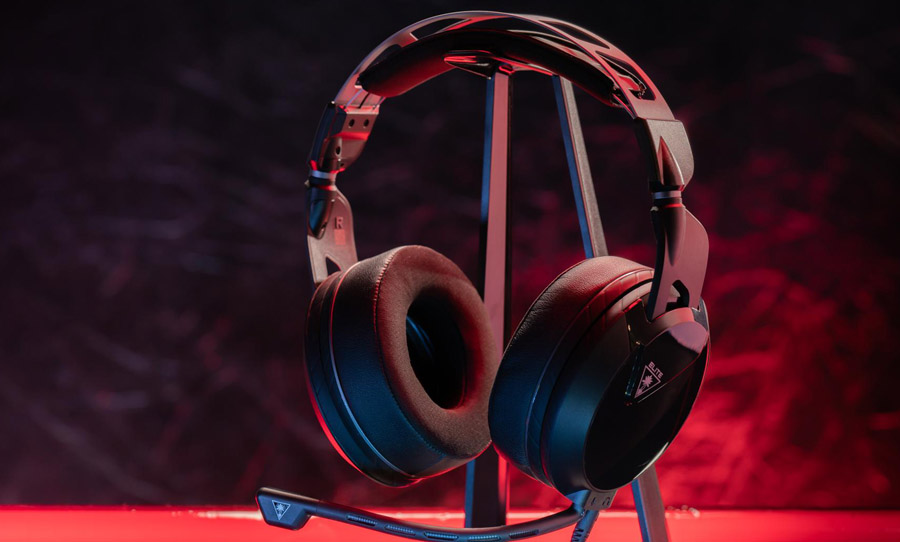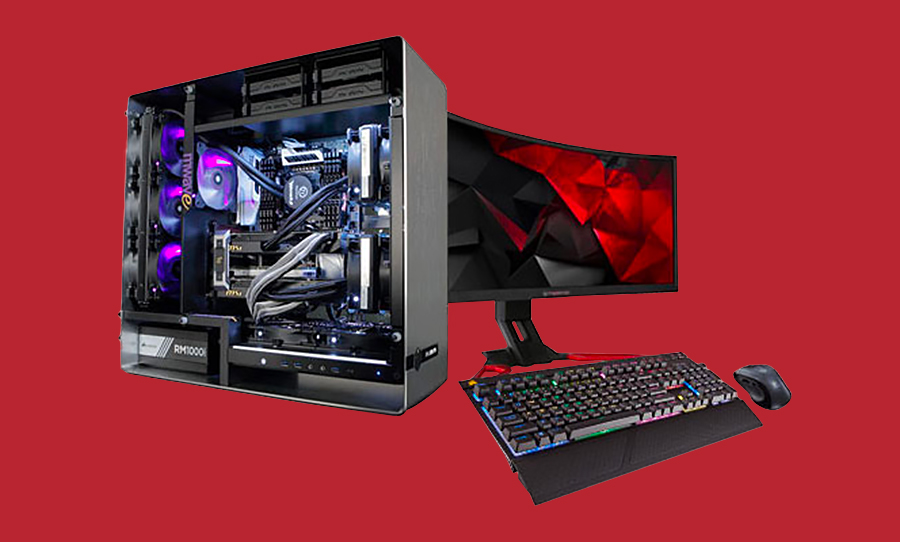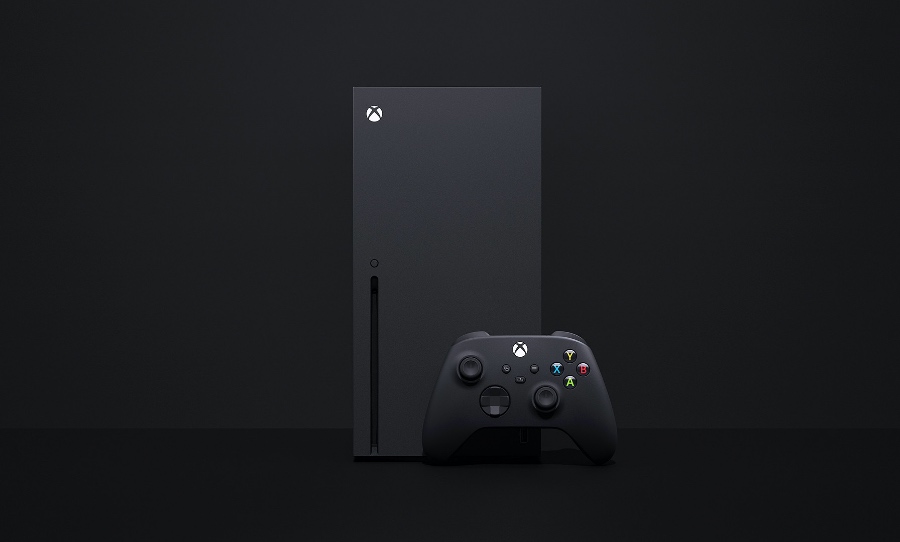In the world of gaming, sound quality has come a long way. Hi-Fi audio has been a ‘thing’ for decades, but gaming has caught up to this standard in a very short amount of time. This demand for a pristine and immersive sonic experience in gaming has led to the emergence of Turtle Beach: a specialist in the intimate field of gaming headsets.
The machine gun repetition and static 8-bit soundtracks of the ’80s have a definite aesthetic appeal, but the modern gaming experience demands a deeper immersion in sound. Cutting edge FPS put you in the mind of the protagonist, so experiencing the accompanying soundworld is a must. To meet this need, Turtle Beach has created a range of headsets for all major contemporary gaming platforms.
Turtle Beach led the charge in Hi-Fi gaming sound and have since created an empire. Let’s discover the company who are unparalleled in immersive game audio.
For a company that looms so large in the modern gaming industry, it was a slow start for Turtle Beach. Kicking off way back in 1975 under the banner of Octave Electronics, they were a builder of synthesizers. Knowing what we do about the analog scene in those days, there was little room for smaller players alongside the Moog, ARP, Yamaha and Roland.
It wasn’t until 2005 that they had their first breakthrough with X51, the first commercially available gaming headset. This was a pivotal moment in gaming with the Xbox 360, Play Station 3 and Nintendo Wii all hitting the market in quick succession. Two years later, they cut the cord with the release of the X3, the industry’s first wireless set of cans and with 2008’s X4, Dolby Surround was incorporated for the first time.
The mark of a great mixing headphone is its ability to represent the frequency spectrum evenly. If you’re making critical judgments in the blend of a song’s tracks, overly generous bass or a bias toward the treble isn’t very useful. While Turtle Beach headphones don’t seek to dramatically alter the sound of a game, they have a few features to give gamers a competitive advantage.
Take Superhuman Hearing for example. In effect, it makes quieter sounds louder. You can hear enemy footsteps earlier, to give you an advantage in the game. This kind of compression might not necessarily be the most pleasing sound, but it underlines the purpose for which they’re intended: winning the game. The same commitment to securing the competitive edge is also applied to their microphones, which are optimised for clarity of communication.
Though they’ve built a deep catalogue of headsets, Turtle Beach has also invested in other gaming hardware, as the industry continues to evolve. Streaming is a mainstay of gaming culture, so Turtle Beach now has a streaming desktop microphone that offers a switchable USB connection to Xbox, PS4 and PC.
Interestingly, the company has also brought out the Elite Pro TAC (Tactical Audio Controller). It bears a strong resemblance to an audio interface that you would typically set up to run a DAW-based recording studio and has some of the same functions, including digital-to-analog conversion for your headphones.
It’s squarely aimed at the professional E-Sports arena, with faders for controlling the balance between gameplay and chat, limiting background noise so extraneous sounds don’t get into your microphone, an outbound mic channel for adjusting how loud you will be for your teammates and a monitor fader, for hearing yourself in your own headphones.
Turtle Beach’s recent acquisition of ROCCAT signals their intention to be a force in other gaming peripherals as well, including mice, keyboards even mousepads. From the sounds in the heat of battle, all the way to glide of a mouse on a mousepad, the company approaches gaming like a Formula 1 team: using the best possible tech to give their players that all-important winning edge.


